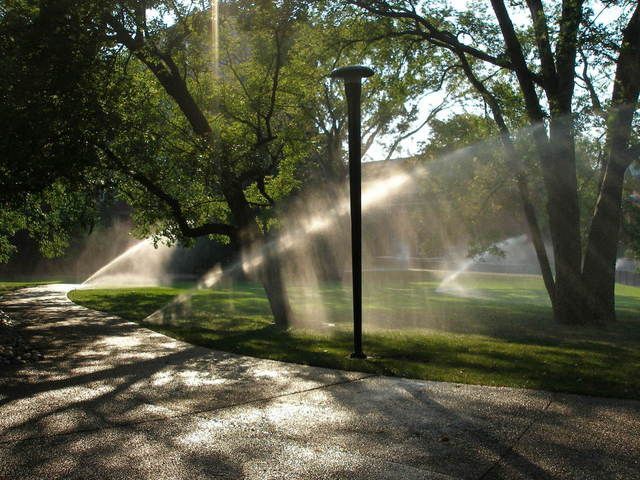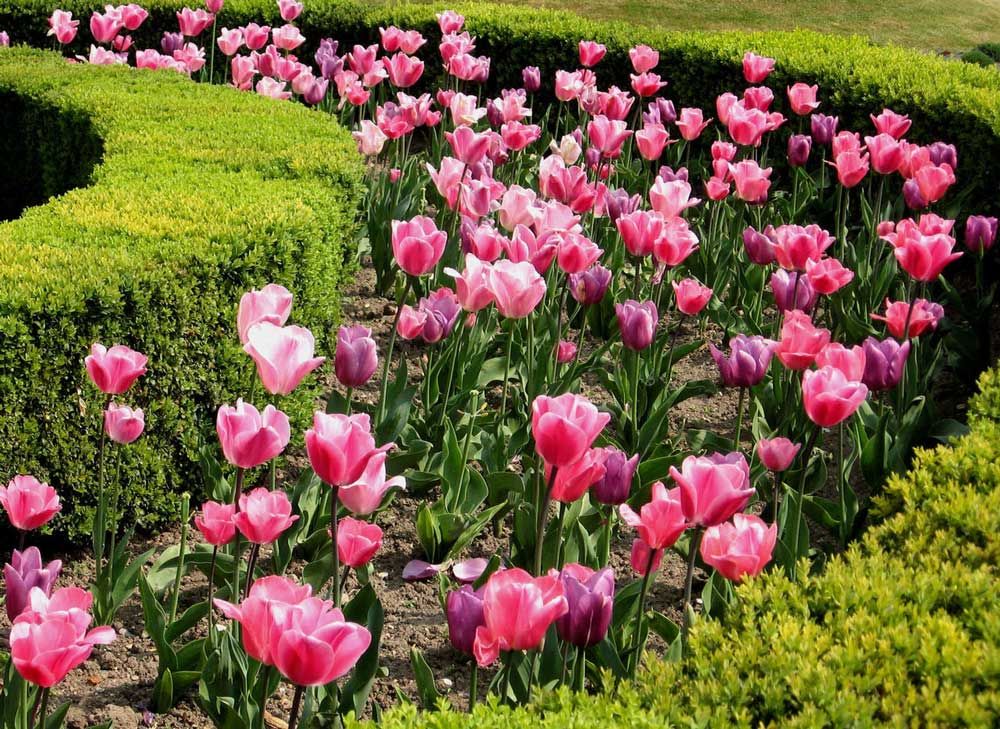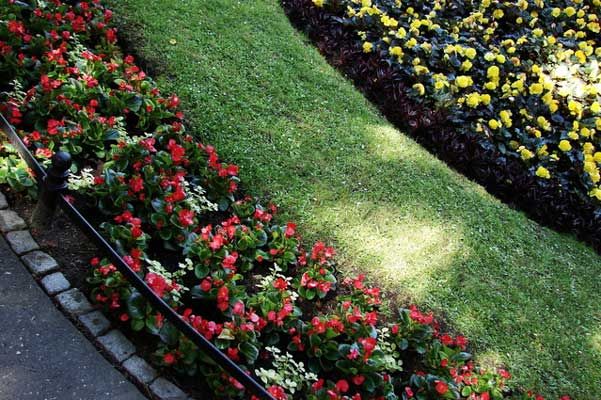Top Signs Your Commercial Property Needs Drainage Repair
Does water linger longer than expected on your landscape? Knowing the difference between normal runoff and drainage issues is key to preventing damage to your property. To help you identify problems early, we created this guide that explains the top signs your commercial property needs drainage repair.
5 Ways to Tell if Your Landscape Needs Drainage Repair
1. Pooling Water
Consistently wet walkways, parking lots, and patios are a clear sign you have a drainage problem lurking below the surface. Causes might include blocked drains, poor grading, irrigation system leaks/damage, or soil that doesn’t absorb water efficiently. Persistent wet zones can lead to declining plant health, increased mosquito activity, and damage to building foundations.
2. Wet Patches on Landscape
When parts of your lawn behave like a sponge long after rainfall, it’s a sign that water isn’t moving through the soil as it should. This issue is often due to compacted soil, uneven grading, or layers of thatch that trap moisture at the surface.
3. Uneven Pavement
One of the top signs your commercial landscape needs drainage repair is the appearance of cracks or uneven spots in your pavement. Poor drainage allows water to collect beneath walkways and driveways, gradually washing away the supporting soil. As the ground shifts, surfaces may buckle or settle, leading to safety concerns if not addressed promptly.
4. Soil Erosion
Soil erosion is another clear sign that your drainage system needs attention. If you see bare patches, down-slope sediment buildup, or exposed roots, it indicates that water is flowing too quickly over the surface instead of soaking into the ground. Installing erosion controls, such as swales or retaining walls, can help redirect water and stabilize your soil.
5. Unhealthy Plants
Plants that wilt, lose color, or decline for no obvious reason may signal trouble underground. Roots left in waterlogged soil can drown, which leads to widespread plant stress and weak growth. Seeing this pattern in multiple areas, especially after wet weather, suggests your commercial property needs drainage repair.
Spotted Any Signs Your Commercial Property Needs Drainage Repair?
At Petalon Landscape Management, we have over two decades of experience helping property managers resolve drainage problems quickly and efficiently. Here are a few reasons why Bay Area businesses, HOAs, and municipalities consistently choose us:
- We provide drainage maintenance that quickly resolves issues such as blockages, debris buildup, or grading problems.
- Our drainage repair services can resolve common drainage issues and restore functionality to your existing system.
- We offer quality drainage installations that improve site grading and direct water away from buildings, walkways, and common areas.
- Our team stays up to date with the latest industry practices so you get effective, long-lasting solutions.
Call Petalon Landscape Management at 408-453-3998 to schedule a consultation with our drainage experts. We serve customers across San Jose, Sunnyvale, Santa Clara, Redwood City, Palo Alto, Dublin, Hayward, Foster City, Fremont, and Livermore. Want to learn more about the top signs your commercial property needs drainage repair? Contact us online for more information.





